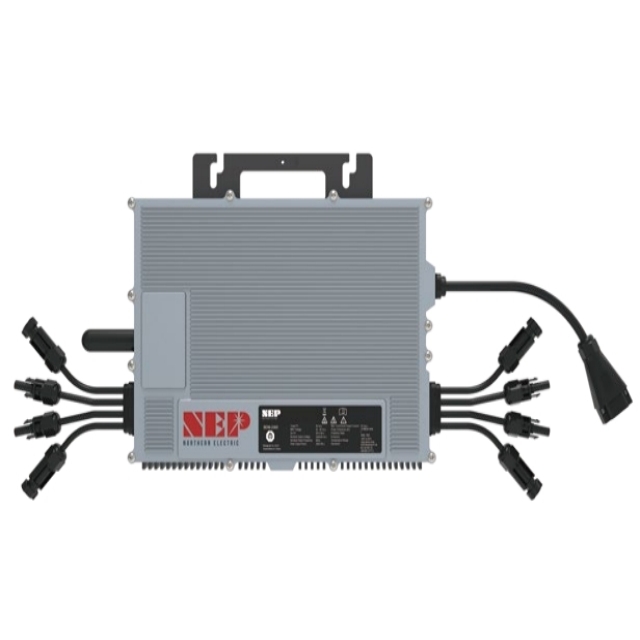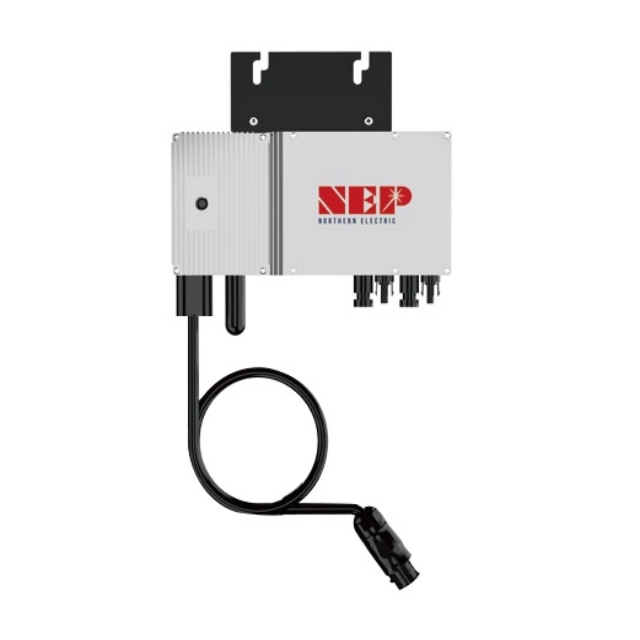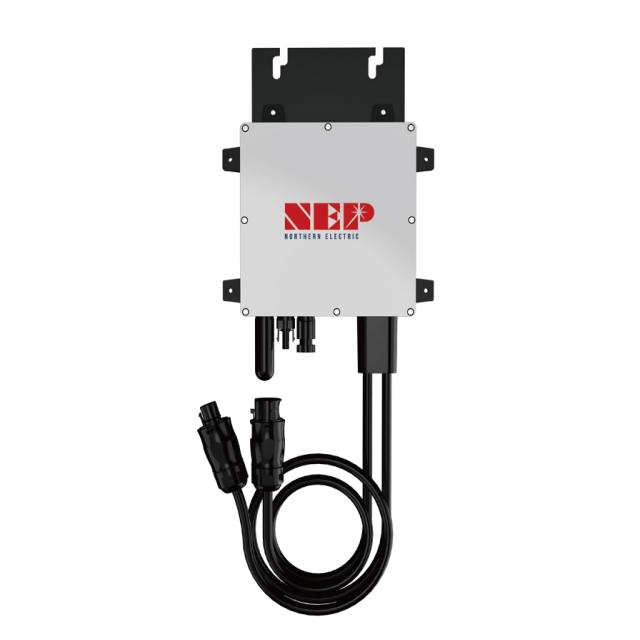Author:BLD Solar Energy SystemFROM:Solar System Converter Manufacturer TIME:2023-10-18
The solar industry has been experiencing tremendous growth in recent years, with solar installations becoming increasingly popular around the world. As a critical component of solar systems, micro inverters play a significant role in converting direct current (DC) from solar panels into alternating current (AC) that can be used to power homes and businesses. Analyzing the market landscape for micro inverter costs is essential to understand the current trends and challenges faced by the solar industry.

The demand for micro inverters has been steadily rising due to their numerous advantages over traditional string inverters. Micro inverters offer module-level power optimization, allowing each solar panel to perform at its maximum capacity, even if some panels are shaded or underperforming. This individual panel monitoring also enhances system reliability and improves overall energy generation.
Moreover, micro inverters simplify installation and maintenance as they operate independently, reducing the impact of shading or malfunctions on the entire system. This flexibility makes micro inverters an attractive choice for residential and commercial installations, where rooftops may have varying orientations, shading, or different panel configurations.
As the solar market expands, more consumers are recognizing the benefits of micro inverters. The increasing popularity of residential solar systems, coupled with the growing adoption of energy storage solutions, has further driven the demand for micro inverters.

Several factors contribute to the cost of micro inverters. The first factor is the production scale, as larger manufacturers can leverage economies of scale, thus reducing the manufacturing cost per unit. The second factor is technological advancements. As technology improves, the efficiency and reliability of micro inverters increase, but it may also lead to higher upfront costs.
Another significant cost driver is the quality of components used in micro inverters. Higher quality materials and components, such as advanced semiconductors and capacitors, can enhance the performance and lifespan of the inverters. However, they may also increase the production cost, resulting in higher prices for end-users.
Additionally, market competition plays a crucial role in micro inverter pricing. With more players entering the market, competition intensifies, leading to price reductions. However, lower prices should not compromise the quality and reliability of micro inverters, as these factors are vital for long-term system performance.

The future of micro inverters in the solar industry looks promising. Advancements in power electronics and digital technology are driving innovation in micro inverter design. These innovations aim to improve efficiency, reduce costs, and enhance grid integration capabilities.
Furthermore, the integration of smart grid technology and the rise of renewable energy management systems provide opportunities for enhanced communication and control between micro inverters and the power grid. This integration will enable real-time monitoring, remote firmware updates, and advanced energy management features, ultimately improving overall system performance.
However, the micro inverter industry faces some challenges. Compatibility issues between different brands of micro inverters and solar panels can hinder system optimization and increase installation complexity. Standardization efforts and collaboration among manufacturers are crucial to address this challenge and ensure interoperability in the market.
Moreover, cost reduction remains a key priority for the industry. Continued research and development efforts focus on improving manufacturing processes, sourcing affordable high-quality components, and increasing production volumes to achieve economies of scale. These initiatives will help drive down the cost of micro inverters, making solar energy more accessible and affordable for a wider range of consumers.
In conclusion, analyzing the market landscape for micro inverter costs provides valuable insights into the current trends and challenges faced by the solar industry. The increasing demand for micro inverters, coupled with cost drivers and future trends, shapes the market dynamics. As the solar industry continues to evolve, continued innovation and collaboration will drive down costs, improve performance, and contribute to the widespread adoption of solar energy.
